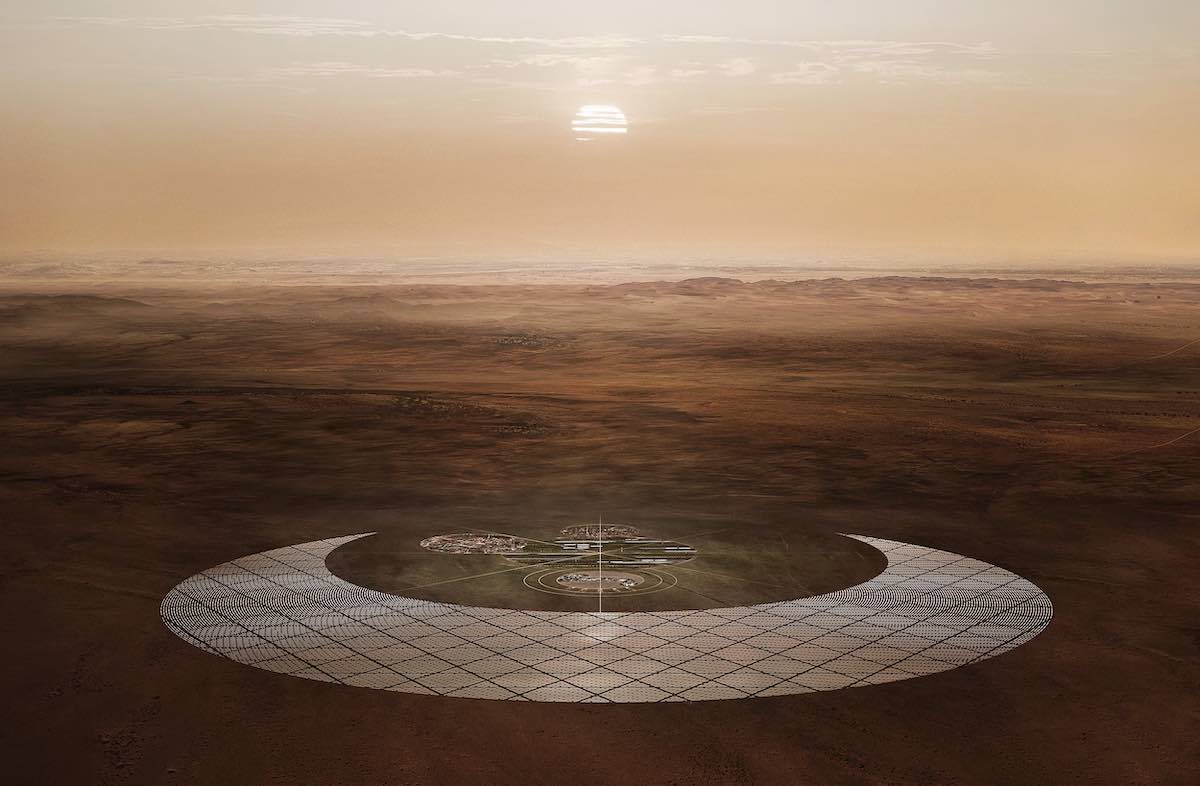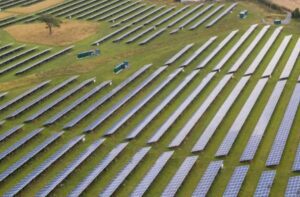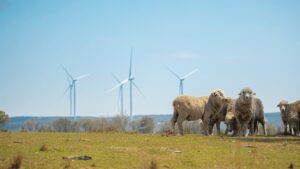Danish developer GreenGo Energy announced this week plans for its “Megaton Moon”, an extraordinary 60GW/190TWh green energy park it plans to build in Mauritania in West Africa.
GreenGo Energy’s filed a development application with Mauritania ministry of petroleum, energy, and mines for its proposed Megaton Moon, an improbably if uniquely designed project (see image above). If accepted, and actually built, the project would be one of the world’s largest green energy parks.
Megaton Moon has been designed very much with its name in mind, and GreenCo says it would consist of 60GW of solar and wind energy generation as well as hydrogen electrolysis capacity of 35GW.
That would be enough to produce 4 million tonnes of green hydrogen each year, or if further processed 18 million tonnes of green ammonia.
GreenGo Energy says it targets commercial operation of the first phase by 2028 and the last of three phases between 2033 and 2035. It says it hopes the project will encourage local production of solar panels, wind turbine blades, and electrolysis components.
“The climate crisis is real. We need action immediately to reach Paris commitments and NetZero,” said Karsten Nielsen, CEO of GreenGo Energy, whose company is also planning a 4GW Megaton project in Denmark. Project engineers and development partners have already been signed.
“But we also need action at scale and with impact! Megaton Moon embodies climate action with an ambition to deliver 1% of the total global green hydrogen demand by 2050 to reach NetZero. So, we only need one hundred projects at this scale completed and distributing green fuels globally by 2050.
“This is doable.”
Mauritania is currently in the process of drafting a green hydrogen law which it hopes will pass in the first quarter of 2024.
Nielsen sees Mauritania as “ideally positioned to become one of the future world green hydrogen production hubs for a range of strong reasons,” including “some of the best solar and wind resource cross in the world, large areas of suitable flat land and coastal proximity for water and shipping.”
Further, Niesel expects the cost of green hydrogen production in Mauritania to be half that of Northern Europe, and “potentially lower”.








